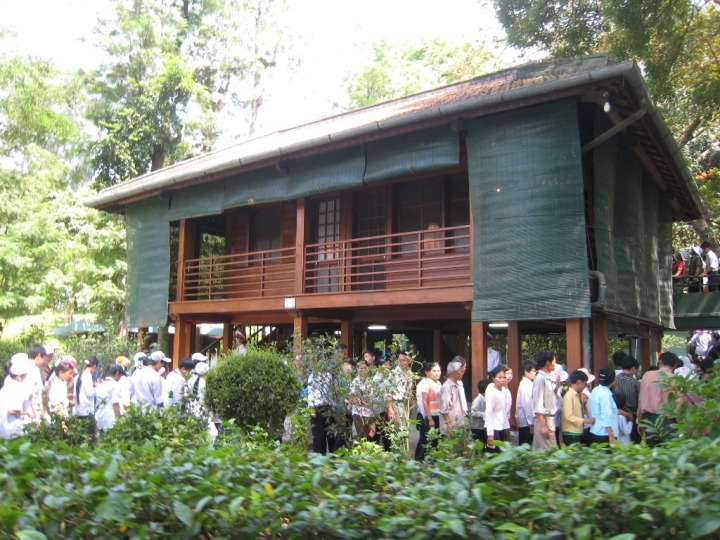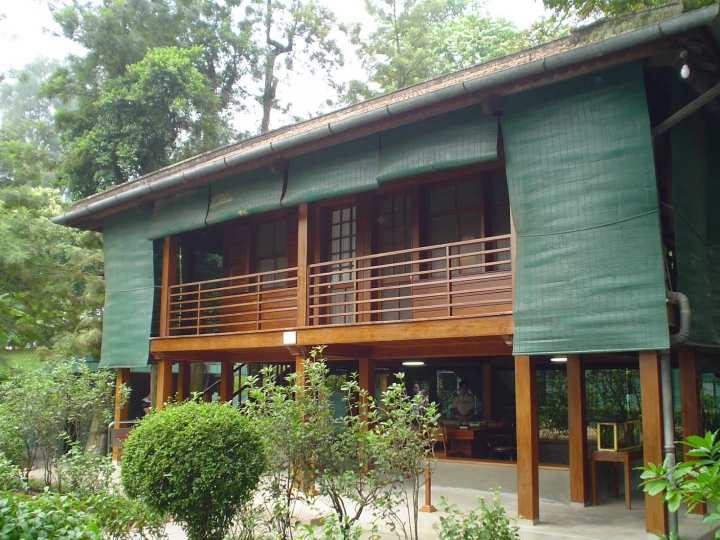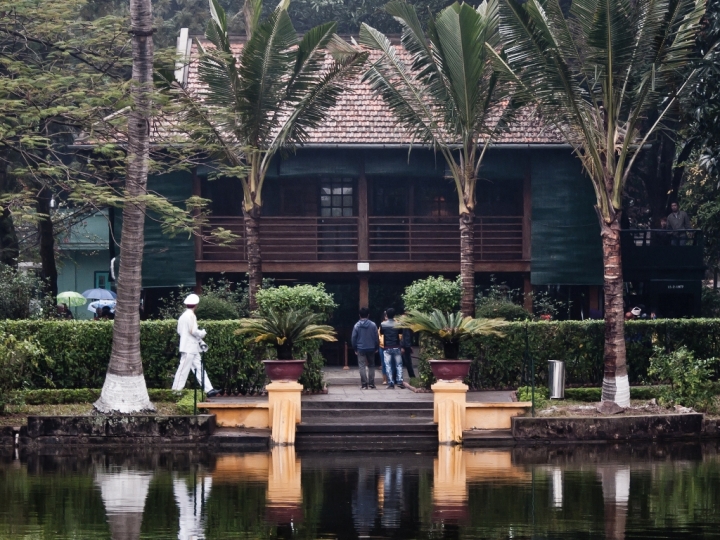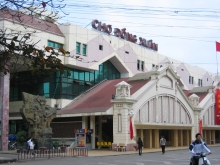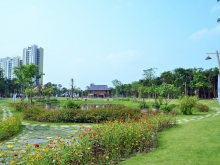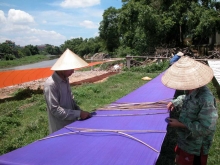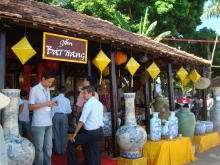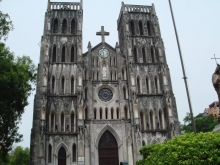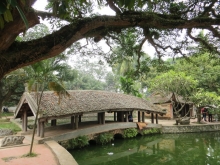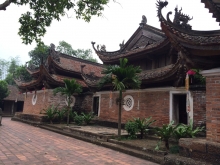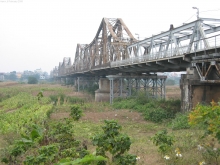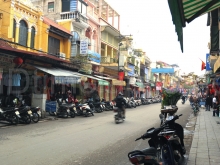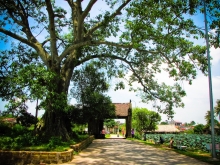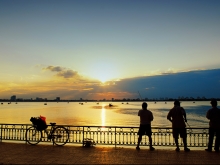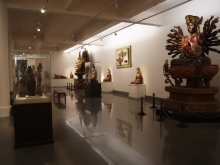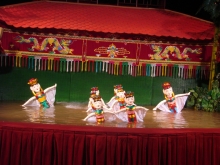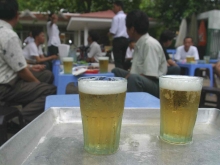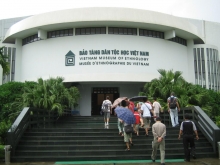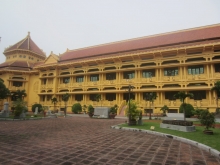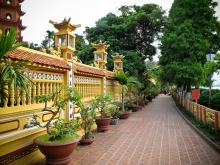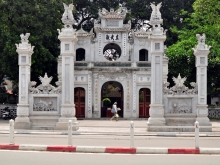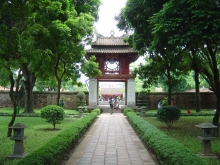Dong Xuan Market is a market in the center district Hoan Kiem of Hanoi,…
While the Palace remains strictly off-limits to visitors, the expansive…
This French colonial building was originally the living and working…
Thu Le Park was constructed on 19 May 1975 and then opened to the public…
Located in the southeast of Hanoi, on a scale of 500 ha, Ecopark has an…
Situated on the bank of Nhue River, about 10km southwest of Hanoi Old…
Bat Trang Ceramic Village is about 16 km south east of Hanoi from the…
Cathedral of St.Joseph is a church on Nha Tho (Church) Street in the Hoan…
Perfume Pagoda is a vast complex of Buddhist temples and shrines built…
Thay Pagoda, the "Temple of the Master" was erected during the reign of Ly…
Tay Phuong Pagoda date from the seventh century, has an architecture that…
The Long Bien Bridge was constructed from 1989 to 1902 during French’s…
The Old Quarter marked its appearance in the 11th century, when King Ly…
The ancient village of Duong Lam on the outskirts of Hanoi is also known…
West Lake is a freshwater lake in the center of Hanoi, Vietnam. With a…
The Vietnam National Museum of Fine Arts is located in Hanoi, Vietnam. It…
Water puppetry is a tradition that dates back as far as the 11th century…
Bia Hoi is a type of draft beer popular in Vietnam Bia hoi are available…
Vietnam Museum of Ethnology is a museum in Hanoi, Vietnam, which focuses…
Vietnam Military History Museum, set up on 17 July 1956, is one of seven…
Hoan Kiem Lake meaning Lake of the Returned Sword or Lake of the Restored…
Hoa Lo Prison was a prison used by the French colonists in Vietnam for…
Vietnam History Museum used to be the museum of the Far East Research…
Tran Quoc Pagoda in Hanoi is the oldest pagoda in the city, originally…
Quan Thanh Temple, formerly known as Tran Vu Temple. Dated to the 11th…
One Pillar Pagoda is a historic Buddhist temple in Hanoi, the capital of…
Ho Chi Minh Museum is located in Hanoi, Vietnam. It is a museum dedicated…
Temple of Literature is a temple of Confucius in Hanoi, northern Vietnam.…
Ho Chi Minh Mausoleum is a large memorial in Hanoi, Vietnam. It is located…

